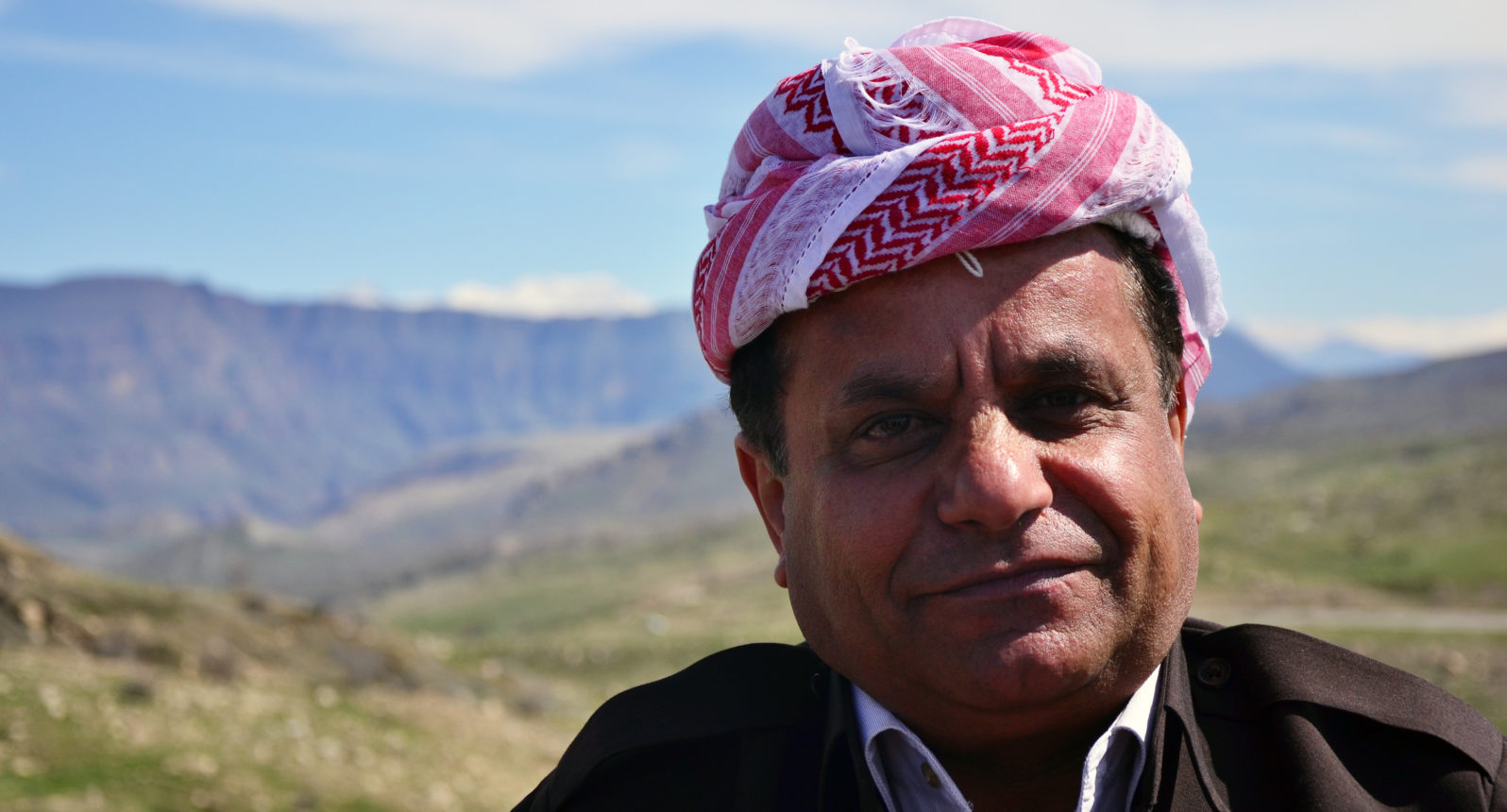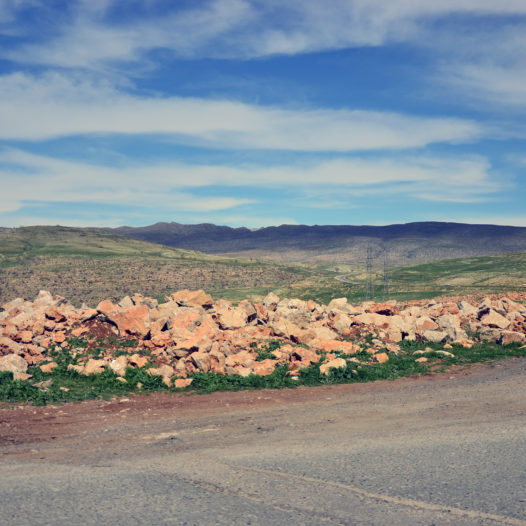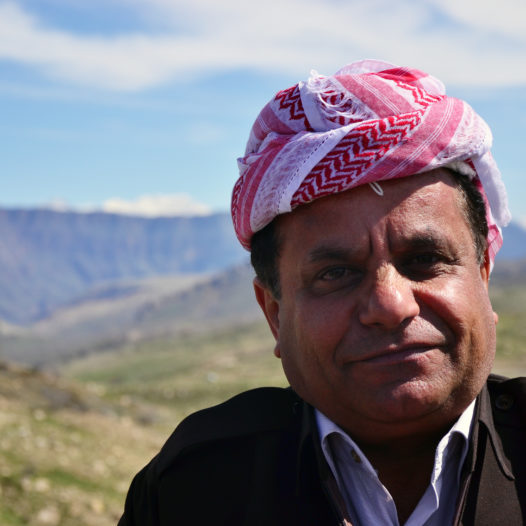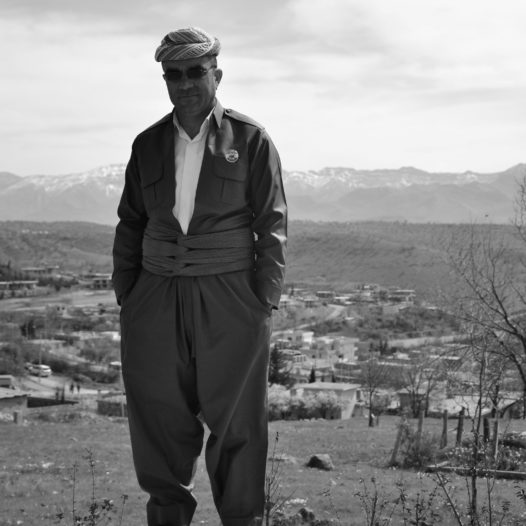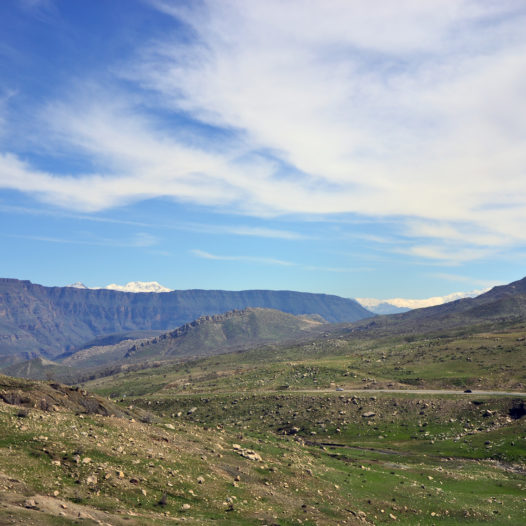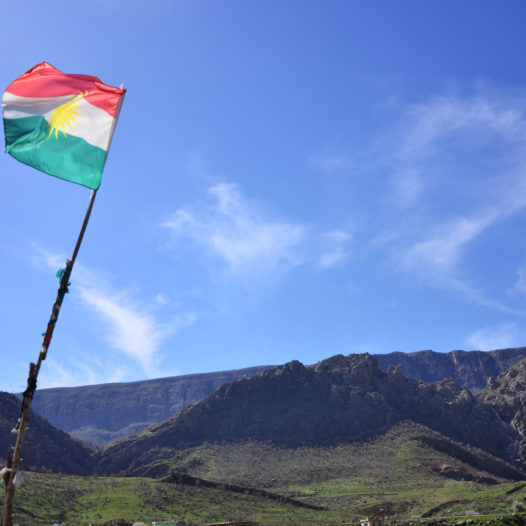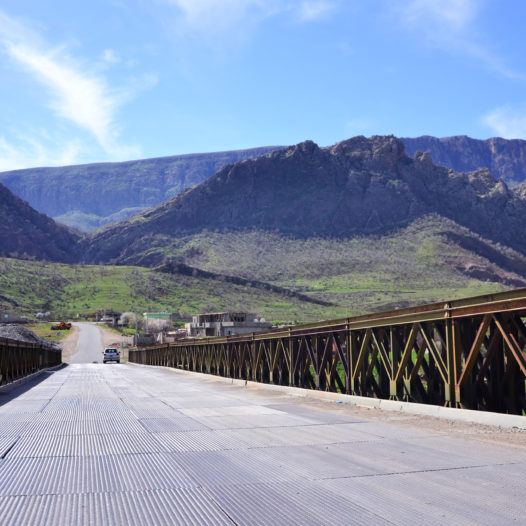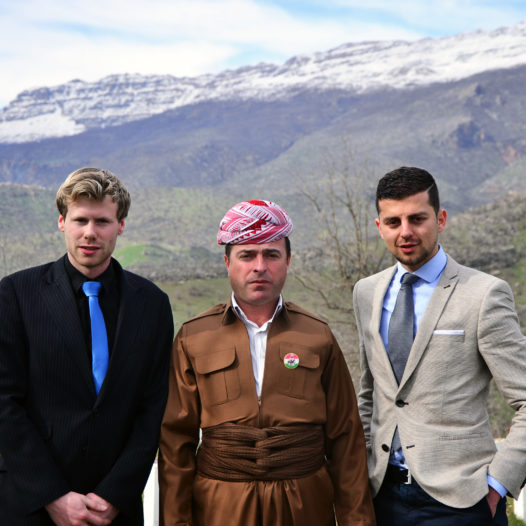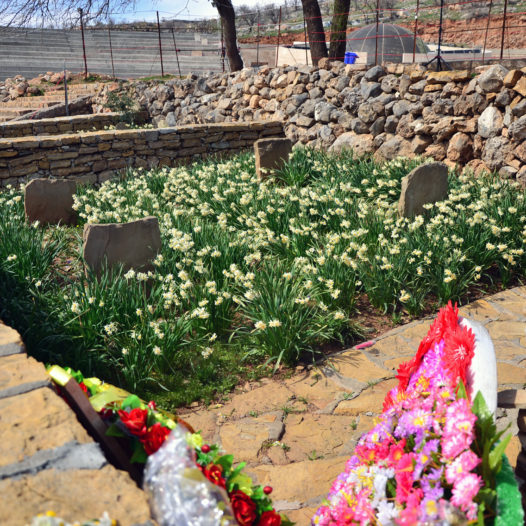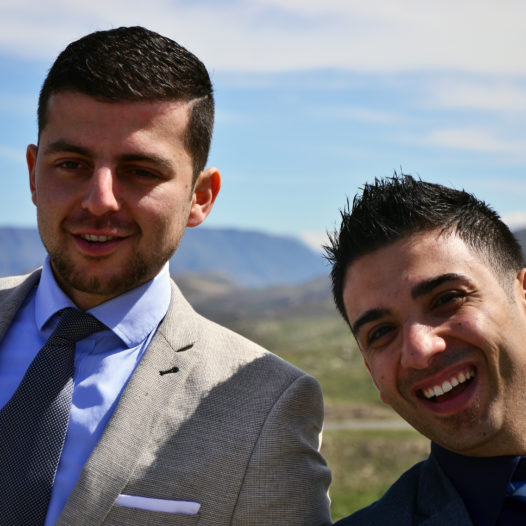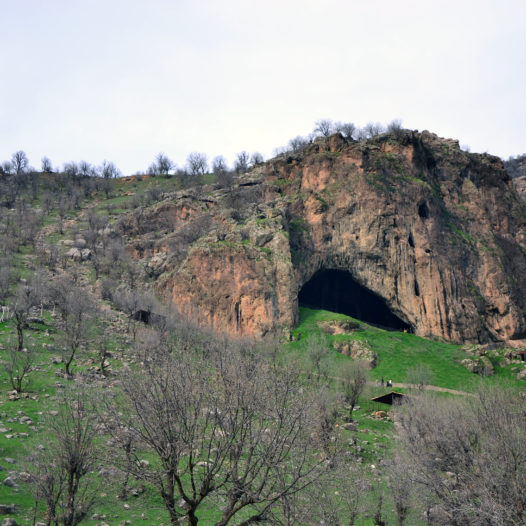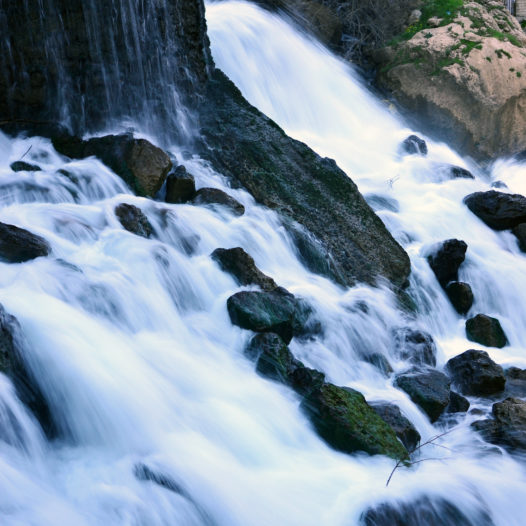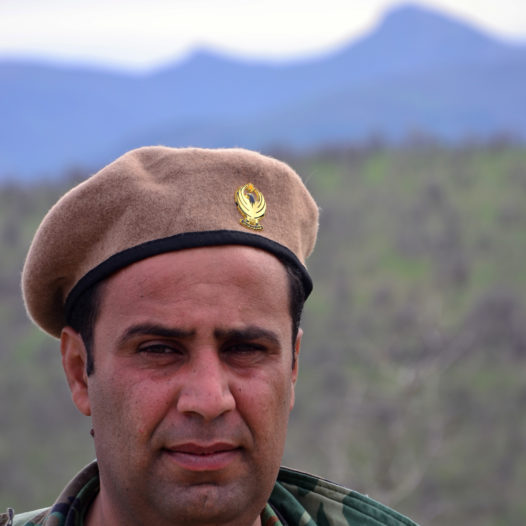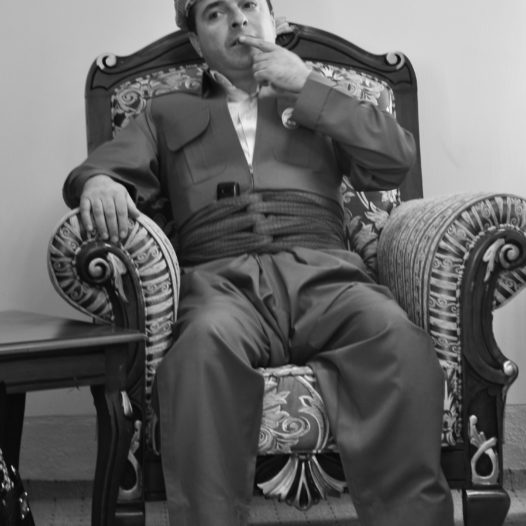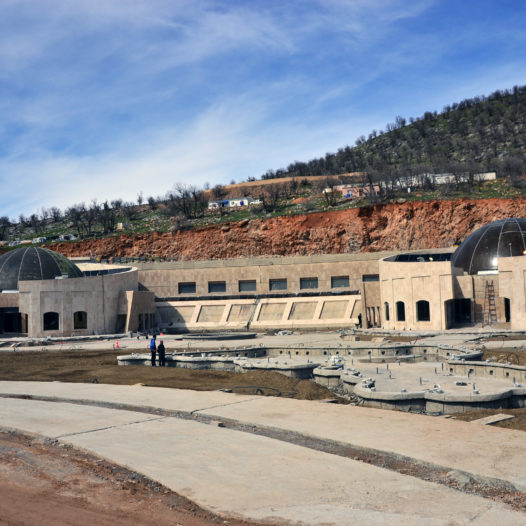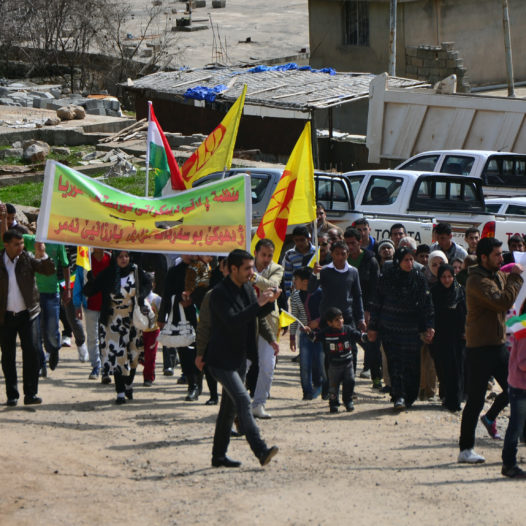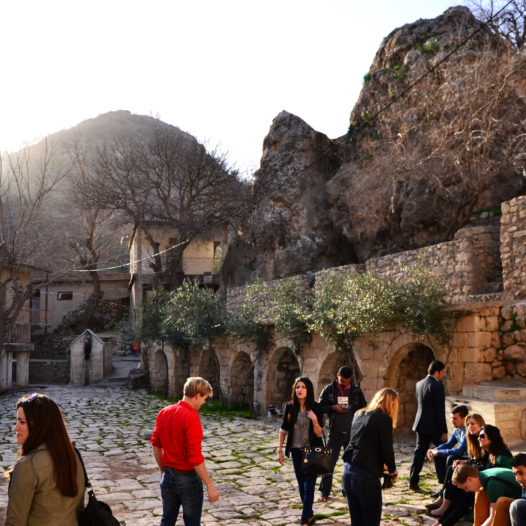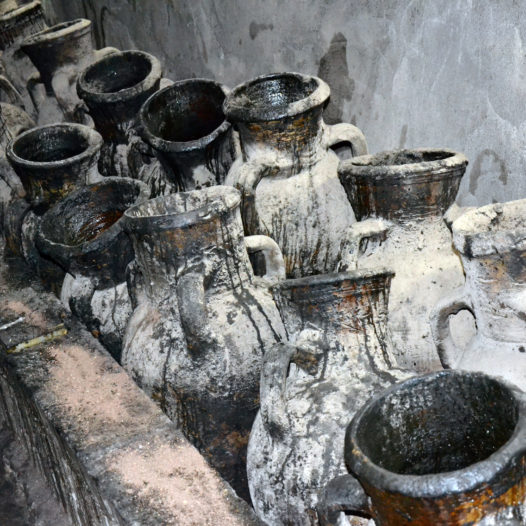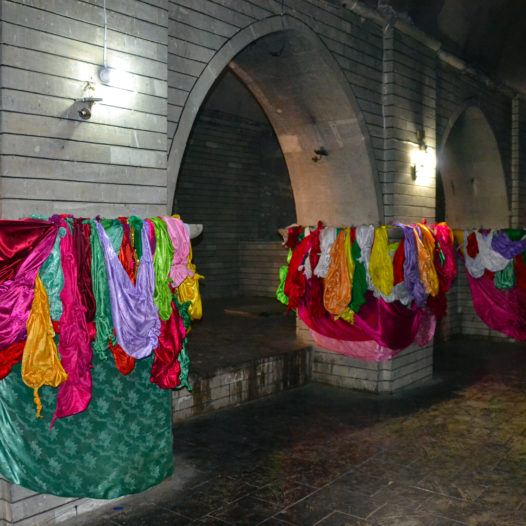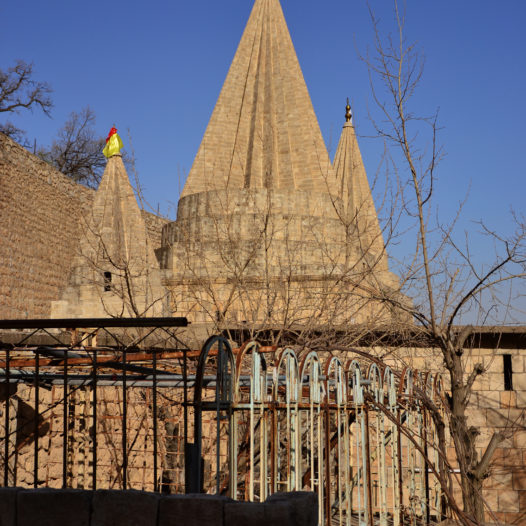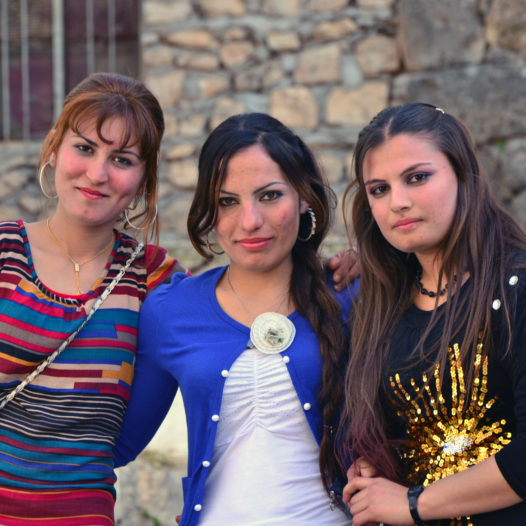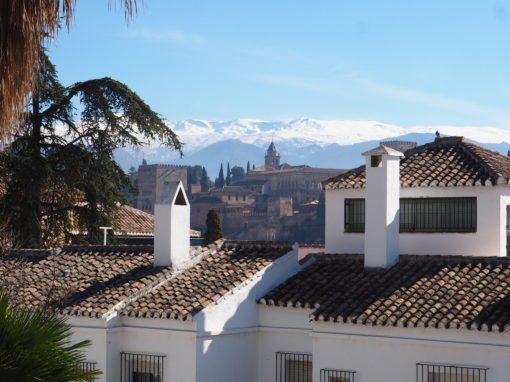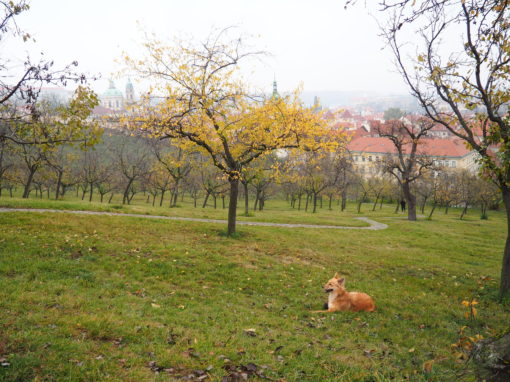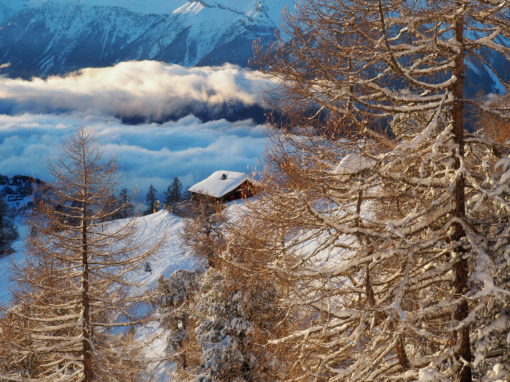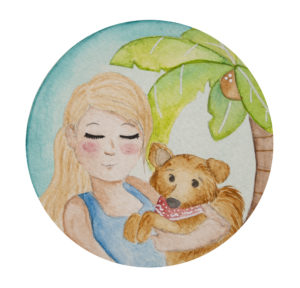Our van is racing through a hilly, green landscape. From time to time we’re able to spot some snow topped mountains peaks. Spring is around the corner, and the water in the river still is bloody cold. Cows graze quietly on the sides of the road. We are friendly greeted by villagers as we drive through small towns. For a split second I have the feeling I’m cruising around the south of Switzerland. But that’s a rather remarkable comparison – as I’m in Iraq.
I give in; Iraqi Kurdistan is not a very common destination for a happy-clappy travel blog. Unfortunately you can’t consider the area as your next holiday destination after all, to say the least.
But since I’m all in for showing the beauty of this world – and this area is absolutely STUNNING -, and because my dear friend Sammy made such lovely pictures during our trip (follow him on Flickr or on Instagram for more of his awesome photos!), it would be a shame not to share those.
The reason I publish them today is because it’s been exactly five years since we, a group of Dutch students (half of them with a Kurdish background) travelled to the north of Iraq, a region called Iraqi-Kurdistan or simply Kurdistan. I still am very grateful for the memories made over there, the friends I gained that week and above all the unparalleled Kurdish hospitality.
So how does it work exactly, it’s Iraq, but it’s not Iraq?
Yes indeed, Iraqi Kurdistan is part of Iraq, but the Kurdish people in the region announced their autonomy de facto in 1991, when the United States created a no-flight zone to protect the Kurds against their suppressor Saddam Hussein. The Kurds had been denied an existence for a long time during Hussein’s regime and suffered some severe attacks, or genocides as you may say.
Ever since 1991, the region can be considered a separate country, given that it has its own president and government, passport stamps, language and culture and even its own special forces unit – the peshmerga. The pride in that becomes clear easily. The red-white-green flag of the region, with a radiant sun in the middle, is present on almost every hill, car and building.
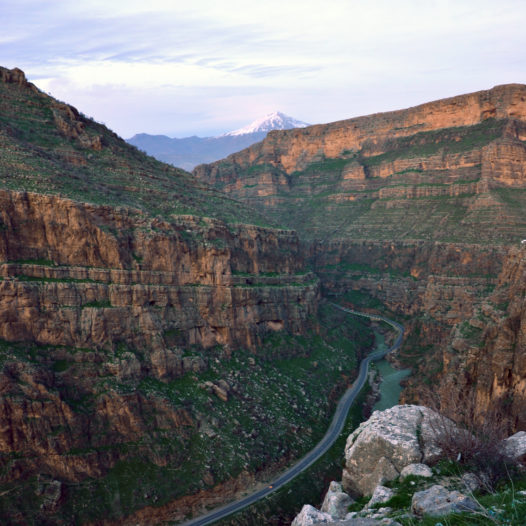
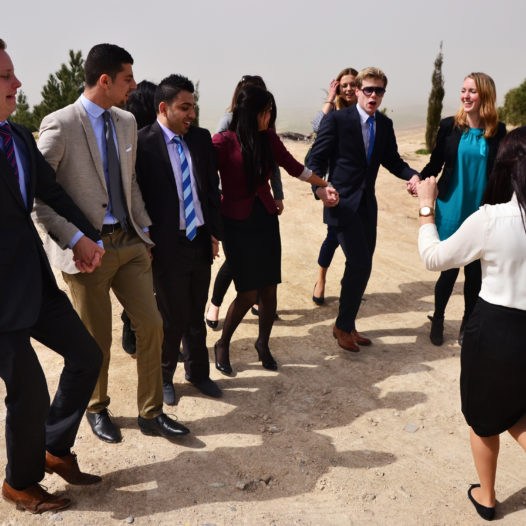
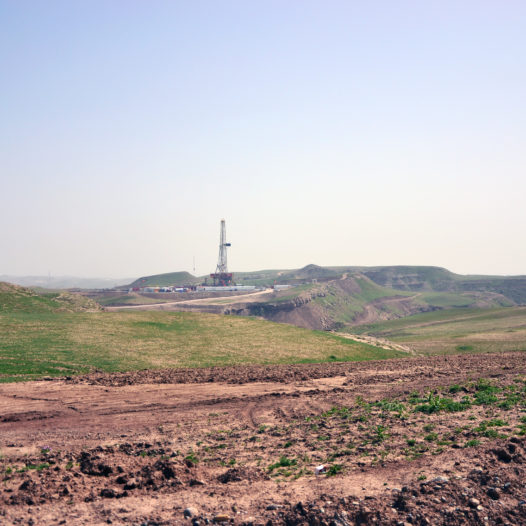
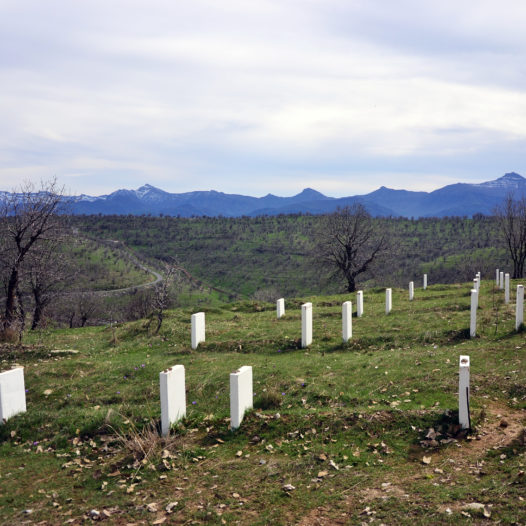
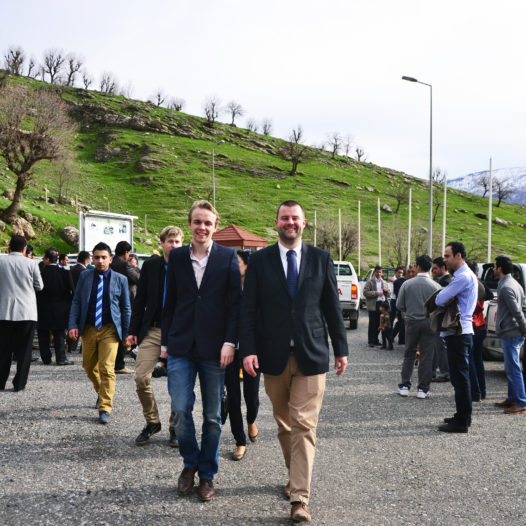
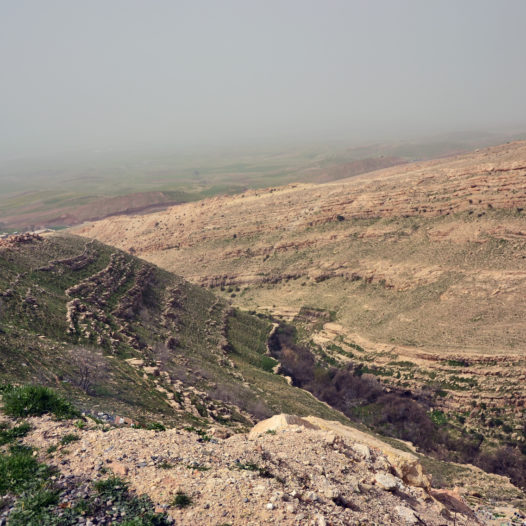
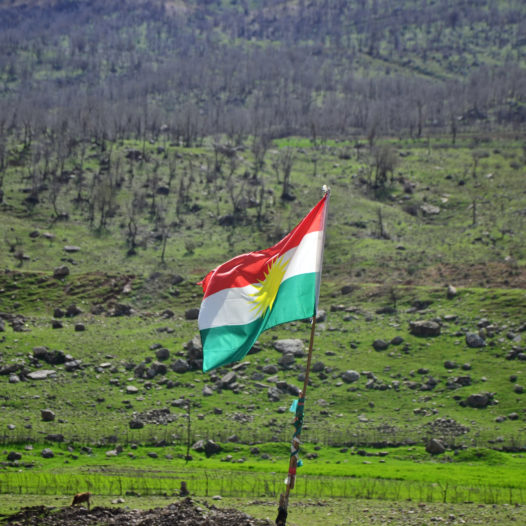
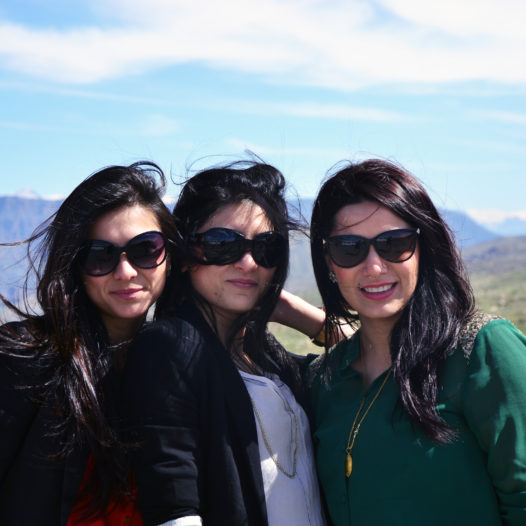
Alright. So how safe is it over there? A question we often received, right before we left. Logically. After all, many people associate Iraqi Kurdistan with war, terrorists and religion and minority attacks; nothing else to read about it in the papers. At the time of our visit – March 2013 – things were relatively okay. A financial boom was expected and the future was looking pretty bright, compared to past decades. Whereas bombs were exploding weekly in Baghdad and other cities like Kirkuk, it was a lot quieter in the north for sure. By then Kurdistan was even dubbed ‘the second Dubai’. A sign of the wild optimism of the time.
Obviously, things have changed a lot since then, and the Kurds are still fighting to maintain their hard-won autonomy. Although I see regular updates from friends that are still in the region, I can’t tell you personally what it’s like to be there now. Only what we experienced during our trip.
For one week, with capital Erbil as a home base, we travelled to all corners of the disputed country – from appointment to appointment – and were welcomed all with smiles and full honours wherever we went. There was little time to sleep, often we needed to attend five meetings a day. Thus we visited the University in Erbil, the Lebanese bank, drank tea at the Kurdish Student Union, attended a conference at the American University in Sulaymaniyah and even got a tour of an actively producing oil drilling site. Apart from all of the bright encounters, our Dutch presence in the region made it to several news sources.
Luckily, between all of those meeting we were also able to see a lot of the region itself, consisting of the three provinces: Duhok, Erbil and Sulaymaniyah. Together they make up the same size as Switzerland – again the comparison – and its mountain peaks, canyons and waterfalls certainly were spectacular.
Moreover, the Kurds were very happy to introduce us to their culture. Therefore they dressed us in local style during a night in Erbil, we were taught some upbeat local dances and visited the temple of Lalesh, a pilgrimage site of the Yezidis (one of the oldest religions in the world and one that has been terribly attacked in recent years).
All of the photos above were made in the countryside, during the road trips. Most of the wild landscapes are to be found in the regions of Sorani, Megasur, Barzan, Badinan, the Shanidar Cave, Rawandiz, Bekhal (Bexal) and the Gali Ali Beg waterfall (which suddenly springs from a hole in the mountain before it crashes into the Zab river), Schaqlawa (a picturesque Assyrian / Christian village near the mountains of Safeen) and therefore a bit along the Rezan-Shanadar-Erbil road and the famous Hamilton Road (completed in 1932 and known for its hairpin bends).
Click on the pictures to read what you’re seeing and check the map below if you want to see the exact locations!
I can imagine you want to know more about life in the big cities (Erbil and Sulaymaniyah), so stay tuned – more photos will follow soon in a day or so! And as said follow Sammy on Flickr or on Instagram for more of his awesome photos!
